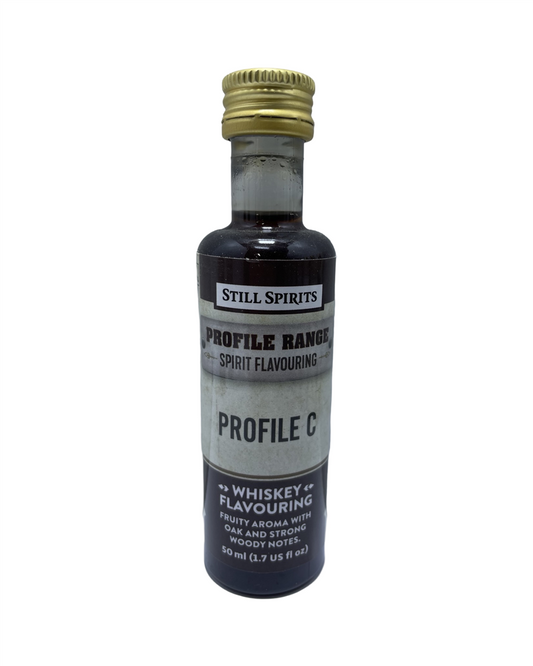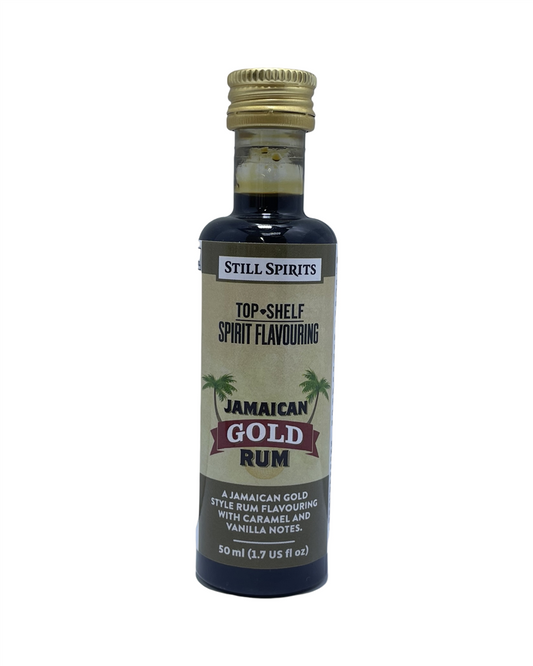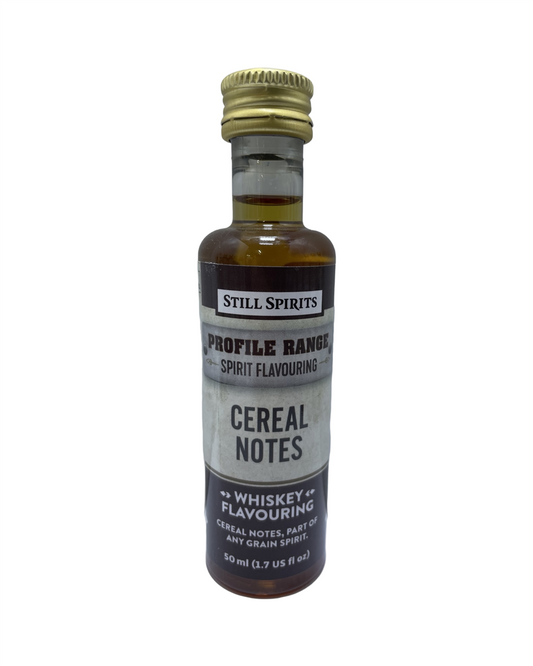
How to Make Honey Mead
Share
Ah, honey mead – the ancient drink of kings, warriors, and dreamers. Have you ever felt that little spark of excitement at the thought of brewing your own batch of sweet, golden nectar? Trust me, it’s not just doable – it’s downright satisfying. Let’s pour ourselves a metaphorical drink, pull up a stool, and chat about how you can make honey mead at home.
What Is Honey Mead Anyway?
If beer is the life of the party and wine is your sophisticated friend, mead is the wise yet playful uncle who tells the best stories. At its simplest, mead is an alcoholic beverage made by fermenting honey with water. Sometimes you can add fruits, spices, or herbs to give it more character, but at its core, it’s really just honey, water, and yeast working some fermentation magic.
The cool part? It’s been around for thousands of years – we're talking Vikings charging into battle with their mugs of mead and medieval lovers toasting with it in candlelit banquets. So brewing your own mead? Yeah, that’s a piece of history you’re tapping into.
What You’ll Need to Get Started
You don’t need a castle dungeon or some kind of secret alchemy kit to brew honey mead. Most of what you’ll need is probably already sitting in your kitchen, with a few additional bits of gear that you can pick up at your friendly homebrewing store (hi, Strathalbyn H Hardware!). Let’s break it down:
- Honey: The showstopper of the recipe. Use high-quality, raw honey because this is where your mead’s flavor comes from. Aim for about 1.5 kilograms per 4 liters of water for your typical “medium-sweet” mead.
- Water: Filtered water is best – nobody wants funky tap-water flavors mucking things up.
- Yeast: Champagne yeast is a great beginner option – it’s reliable and gives a clean result. Or ask your local brew shop for Mangrove Jacks M05 Mead - Craft Series Yeast
- A fermentation vessel: A simple glass demijohn (around 5 liters) with an airlock is perfect for small batches.
- Sanitiser: Cleanliness is non-negotiable in brewing. Keep your tools and gear sparkling clean to avoid uninvited bacteria spoiling the fun.
- Optional extras: Additions like fruits (hello, blackberries), spices (cinnamon, anyone?), or herbs are great for experimenting. Get creative, but start simple.
The Step-by-Step Process
1. Prep Your Equipment
In brewing, sanitising isn’t just an option. It’s the golden rule. Everything that’s going to come into contact with your mead – from your fermentation vessel to your stirring spoon – needs to be squeaky clean. A no-rinse brewing sanitiser is your best friend here.
2. Make the Must (That’s “Unfermented Mead” to You and Me)
Dilute your honey with water. A good rule of thumb is 1-part honey to 3-parts water. Heat the water slightly to help dissolve the honey, but don’t boil it – you don’t want to kill off any of that raw honey goodness.
Once it’s mixed, let it cool to room temperature. If you’re adding any extras like spices or fruits, this is the time to throw them into the mix. Stir it well and take a deep breath – it already smells amazing, right?
3. The Yeast Does Its Thing
Rehydrate your yeast as per its instructions. Then pitch (fancy brewer talk for adding it) into your honey-water mixture, now known as “must.” Give it a gentle stir and pour it into your fermentation vessel, attaching the airlock to the lid. The airlock will let gas escape during fermentation without allowing pesky bacteria in.
Place the vessel somewhere cool and dark, and let the yeast work its magic. Pro tip: Be patient. This stage takes 2-6 weeks, depending on the recipe and yeast used. You’ll know it’s ready for the next stage when the bubbling from your airlock slows to a crawl.
4. Racking and Aging
When the primary fermentation finishes, it’s time to transfer the mead into a clean vessel, leaving the sediment (dead yeast and particles) behind. This process is called “racking.” Be careful not to shake or stir things up while siphoning.
Now comes the waiting game – aging. Mead, like wine, gets better with time. Age it in a sealed container for at least three months, but if you can hold off for six months to a year, you’ll be rewarded with even better flavor.
5. Bottling and Sipping
Once your mead tastes like liquid bliss, transfer it into bottles, seal them tightly, and store them somewhere cool and dark. When you’re ready, pop one open, pour yourself a glass, and toast to your newfound brewing mastery. It’s a sweet reward, quite literally!
Tips for Mead Success
- Taste as you go – mead can shift flavor depending on the honey used and brewing conditions. Adjust future batches based on what you like or what you’d improve.
- Start small. A 4-5 liter batch is plenty to cut your teeth on this ancient craft.
- Be patient. The biggest mistake most first-time brewers make is rushing the process. Good things truly take time.
Take Your First Step into a Mead-Making Adventure
There’s something uniquely rewarding about bottling up a creation you’ve brewed yourself, knowing every step of the process started in your own hands. Whether you’re enjoying your first glass solo while binge-watching a doco or presenting it at a weekend gathering to wow your mates, mead is about more than just the drink. It’s an experience, a conversation starter, and a bit of history in every sip.
And the best part? With every batch you make, you’ll get better. More precise. More adventurous. So go ahead, pick up your supplies, grab some honey, and give mead a go. Who knows? This might just be the start of your journey into the world of craft homebrewing greatness!
So if you have plenty of honey you're not sure what to do with. Try giving mead a go.
Cheers
Candeece








